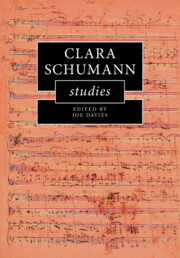Louise Farrenc: Nonet for Winds and Strings
As well as being a virtuoso pianist, Louise Farrenc became the first woman to hold a permanent position as Professor at the Paris Conservatoire while continuing to compose symphonic and chamber music. This handbook introduces readers to Farrenc and her contemporaries with a focus on professional women musicians in nineteenth-century Paris. Farrenc's music was much admired by her contemporaries including Robert Schumann and Hector Berlioz, The acclaimed Nonet (1849) incorporated playful dialogue within the ensemble, virtuosic display, and an artful balance of newer and older compositional methods, garnering critical and artistic success and official recognition for the composer. Its performance history shows how musicians managed the logistics of professional life: forming and sustaining relationships, organizing concerts and tours, and promoting their work in the musical press. The book's nuanced analytical approach and historical insights will allow students, performers and listeners a fresh appreciation of Farrenc's work.
- Fills a gap in chamber music scholarship, exploring the repertoire combining winds and strings in greater depth, and raising awareness of a whole network of women musicians
- Provides much needed guidance for performers and students about the original setting and intentions of Farrenc's music and its exceptionally high quality
- Features nuanced but accessible analytical discussion of Farrenc's compositional technique, moving beyond a German-centric model
Product details
October 2025Paperback
9781009415477
180 pages
216 × 140 mm
Not yet published - available from October 2025
Table of Contents
- List of figures
- List of tables
- List of musical examples
- Introduction to the life and career of Louise Farrenc
- 1. Cultivating an audience for chamber music in 1840s Paris
- 2. Dialogue and play in the Nonet
- 3. Reception and legacy of Farrenc's Nonet.






